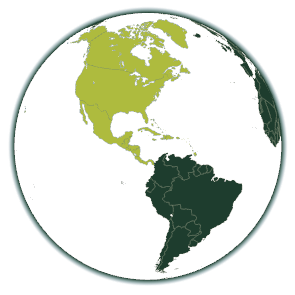Acer negundo
Boxelder Maple
The Boxelder Maple (Acer negundo) is a medium-sized tree that originally comes from North America, but is also found in Europe as an invasive neophyte. It was introduced to Europe as early as the 17th century, as it was popular as an ornamental tree due to its adaptability and rapid growth. The Boxelder Maple can reach a height of 10 to 15 metres and forms a spreading crown. The leaves are pinnate and consist of three to seven leaflets with serrated edges. Yellowish-green flowers appear in hanging panicles in spring, followed by winged fruits in autumn. In Europe, Ash Maple is considered a problematic species due to its invasive properties and ability to displace native plants. As it is already a large-scale established species, the focus is limited to controlling the further spread of Acer negundo and preventing its expansion, especially in riparian forests.
Types of damage
Region of origin
North America

Introduction vectors
Current distribution
Based on the FlorKart Database of the Federal Agency for Nature Conservation, as of 2013
Miscellaneous
Dispersion forecast
Indicates the proportion of land suitable for habitat under current and future climate conditions (2060-2080) under three emission scenarios (RCP26, RCP45 & RCP85).

Habitat suitability under current climate conditions
These habitat suitability maps show for Acer negundo where suitable habitat conditions exist.
The map on the left shows this for current climate conditions. Below this are maps for the time classes 2040-2060 and 2061-2080, in which three different emission scenarios can be selected.
The slider at the top left allows you to adjust the opacity of the map to make orientation easier.
By clicking on the respective quadrant, information on the environmental conditions present in it can be called up.
The methodology is explained here .














